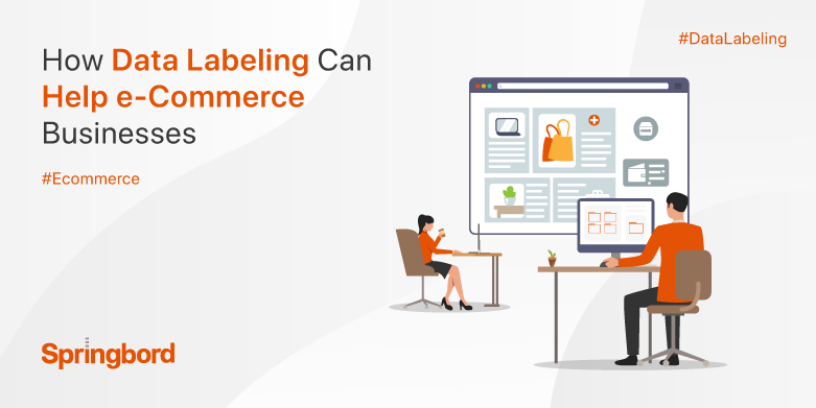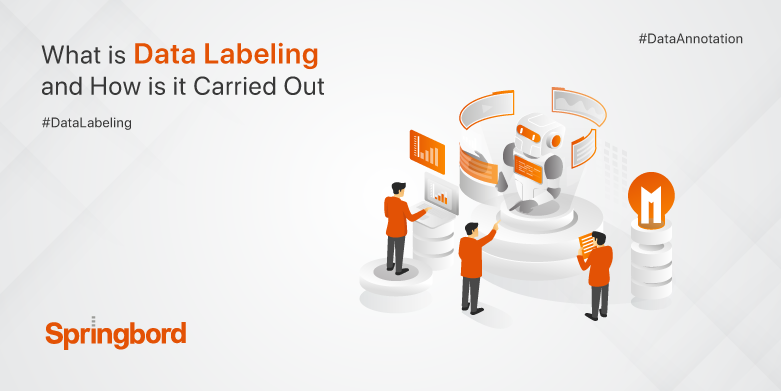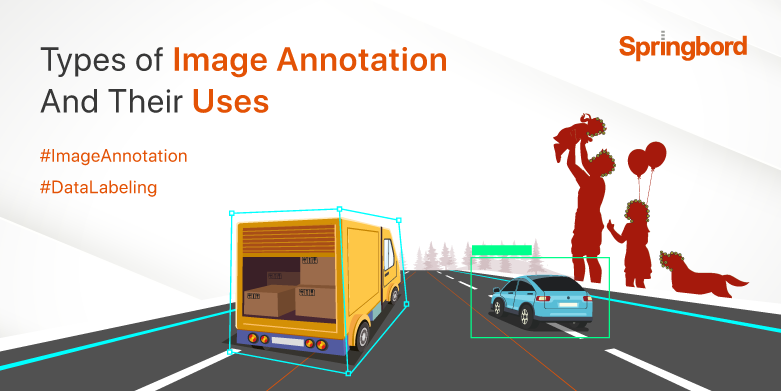 Read time 2 min
Read time 2 minThe e-Commerce industry is slowly overcoming offline retail due to the convenience it offers. People are able to find the products exactly they need easily and quickly on the web without much hassle. The search engine throws precise results every time and also recommends products that they might need, helping boost sales and profit. All of these are made possible with the help of Machine Learning (ML). Accurate algorithms, hardware, and datasets are the critical parameters that any ML model would require to see success. Out of these, one thing that can be quite challenging is data collection and data labeling.
Before we dig further, let us first know a little about data labeling. Data labeling needs to be fast yet reliable and precise. So, datasets and algorithms have to be constantly updated. With a plethora of options available, the one that best works are human labeling. Human data labeling refers to employing human labelers or annotators to label data. They utilize aggregation techniques that help arrest errors in the initial phase.
Benefits of data labeling
Gives relevant search results
Littering the screen with relevant search results when the user types the name or the model of the product is the primary target of any e-commerce player. The higher the accuracy, the higher the sales and greater the customer satisfaction. Using human annotators for labeling can yield excellent results since human labelers use their own judgment by rating results from the most relevant to the least through MCQs.
Suggests complementary products
Many e-platforms face issues with the efficiency and accuracy of their recommender systems. This issue can be resolved by improving the algorithms of complementary products, which ensure that the users get to see only the most relevant offers that could influence their buying decision. This system has helped many e-commerce players grow and thrive in the competitive market. Suggesting products to users works by providing human labelers with the images of two products and their technical specifications. The annotators will have to find whether or not the products are compatible. For instance, when customers look to purchase a mobile phone, the algorithm should recommend products that anyone would like to pair up, such as a phone case or a tempered glass.
Introduces new products to customers
Any new product that has hit the online platform will see sales only if the users are well aware of it. Introducing customers to new items will improve sales by creating the excitement to purchase the product that they thought would never be useful for them. This is done by labeling data with the help of human labelers by asking them different questions about the product. But, the answers can be subjective, and that is what is needed to give better results.
Conclusion
As businesses have started to migrate online, giving the best possible user experience and achieving customer satisfaction, have gained paramount importance. Data labeling services can help to accomplish this with ease. But, make sure the search engines and algorithms are accurate and frequently updated to meet gaps.
With a lot of e-commerce businesses starting to come up, the best way to survive the competition is to minimize expenses and implement new technologies such as data labeling that will simplify the task and attract more new customers to your page, thus maximizing revenue. Many e-platforms got hold of this trend and are currently bringing it to action to see their business flourish. Want to become one among them? Talk to us today to know how our services and expertise can help your business distinguish itself from others.







